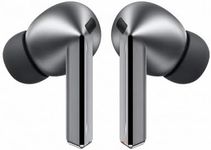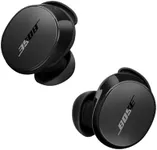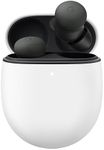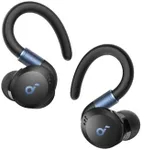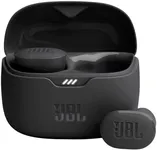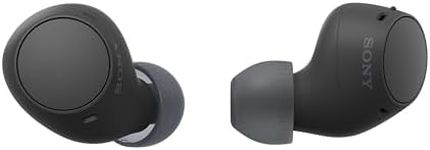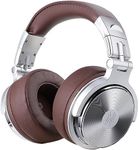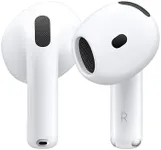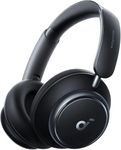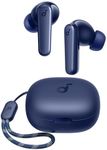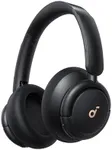Buying Guide for the Best Noise Cancelling Earbuds
Choosing the right noise-cancelling earbuds can make a big difference in your listening experience, whether you’re commuting, working, or just relaxing. The key is to understand what features matter most for your lifestyle and how each specification affects comfort, sound quality, and usability. By focusing on your main needs—like how much noise you want to block, how long you’ll wear them, and what devices you’ll use them with—you can find earbuds that fit you perfectly.Active Noise Cancellation (ANC)Active Noise Cancellation is a technology that uses microphones and speakers to reduce unwanted background sounds. This is important if you want to enjoy music or calls without being disturbed by outside noise, such as on airplanes, public transport, or in busy offices. ANC performance can range from basic to advanced: basic ANC will reduce low, constant noises like engine hum, while advanced ANC can handle a wider range of sounds, including voices. If you need peace and quiet in very noisy places, look for stronger ANC; if you just want to cut out some background hum, a simpler version may be enough.
Battery LifeBattery life tells you how long the earbuds can play music or calls before needing a recharge. This is important if you plan to use them for long periods, like during travel or workdays. Earbuds usually offer anywhere from 4 to 10 hours per charge, with the charging case providing extra charges. If you use earbuds all day or often forget to charge them, look for longer battery life; if you only use them for short sessions, battery life may be less critical.
Comfort and FitComfort and fit refer to how the earbuds feel in your ears and how securely they stay in place. This is crucial because uncomfortable earbuds can cause pain or fall out easily, especially during exercise or long listening sessions. Earbuds come in different shapes and sizes, with some offering multiple ear tip sizes. If you have sensitive ears or plan to wear them for hours, prioritize comfort and try to find a pair with customizable tips.
Sound QualitySound quality is about how clear, balanced, and enjoyable the audio is. This matters if you care about music detail, call clarity, or just want a pleasant listening experience. Sound quality can range from basic (good for podcasts and calls) to high-fidelity (great for music lovers). If you’re an audiophile or love rich, detailed sound, look for earbuds with a reputation for excellent audio; if you mostly use them for calls or casual listening, standard sound quality may be enough.
Controls and ConnectivityControls and connectivity describe how you interact with the earbuds and how they connect to your devices. Some earbuds have touch controls, buttons, or voice assistants, and most use Bluetooth to connect wirelessly. The latest Bluetooth versions offer better range and stability. If you want easy control without reaching for your phone, look for intuitive controls; if you switch between devices often, check for features like multipoint pairing.
Water and Sweat ResistanceWater and sweat resistance means the earbuds can handle moisture from rain or workouts. This is important if you plan to use them while exercising or outdoors. Resistance is usually rated by an IPX number: lower numbers mean basic splash protection, while higher numbers mean better protection against sweat and rain. If you’re active or live in a wet climate, choose higher resistance; if you use them mostly indoors, this may be less important.
Call QualityCall quality refers to how well your voice is picked up and how clearly you can hear others during phone or video calls. This is important if you use your earbuds for work calls or chatting with friends. Some earbuds have multiple microphones and noise reduction for clearer calls. If calls are a big part of your use, look for models known for good call performance; if not, standard call quality may be sufficient.
